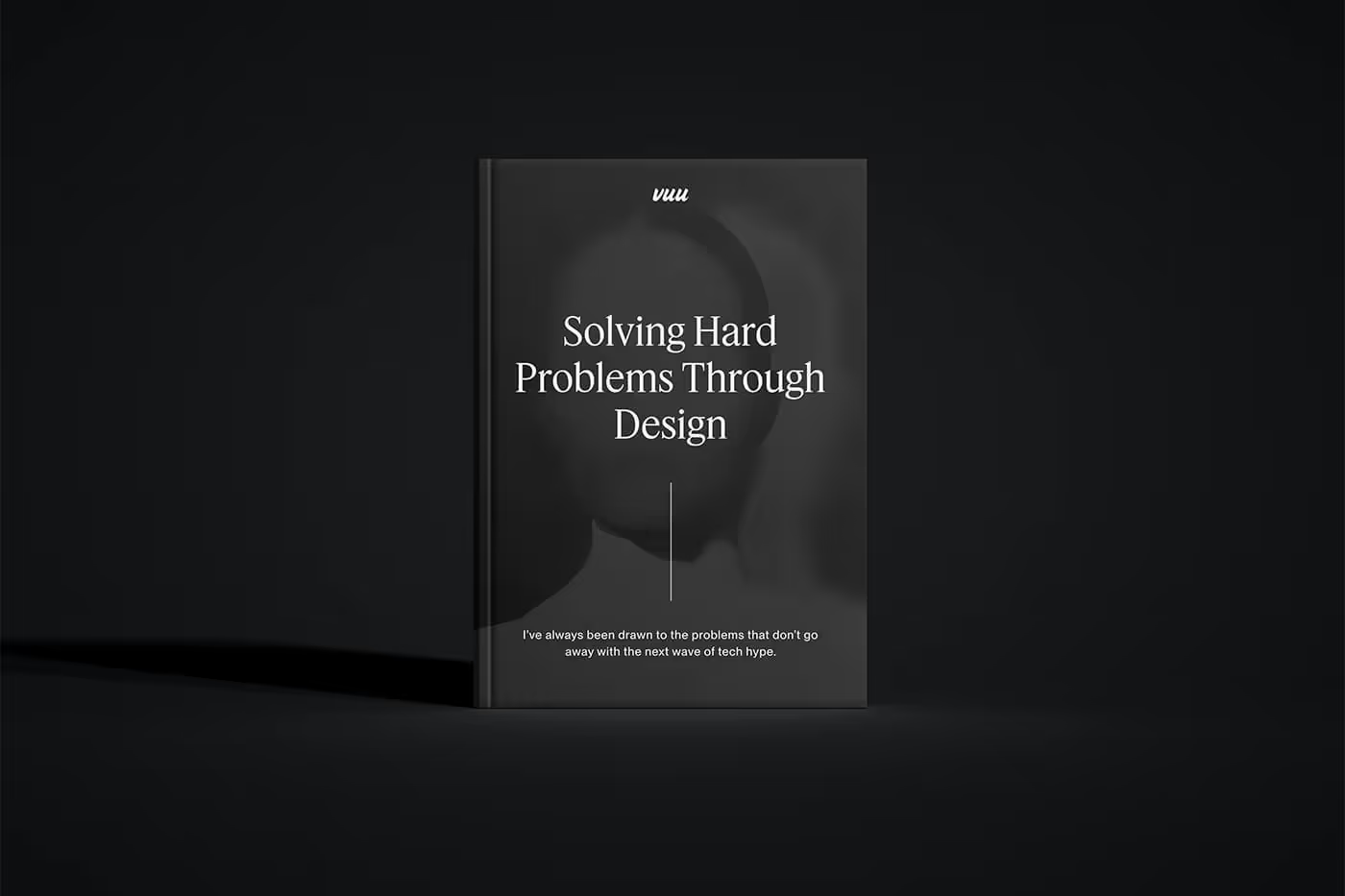I’ve always been drawn to the problems that don’t go away with the next wave of tech hype. Some challenges sit deep in the systems we use every day: work, health, climate, government. They’re slow to change, frustrating to use, but too important to ignore.
While the tech world’s loudest corners chase crypto, AI, VR and advertising, there are people choosing to take on the harder, thornier problems. I’m one of them. My own experience has been in employment and healthcare, two areas that are essential, pandemic-proof and where the gap between what people need and what systems deliver is still too wide.
In employment I’ve seen how quickly the process of finding and filling jobs becomes transactional. Candidates are reduced to data points; employers burn time and money trying to cut through noise. I remember watching a recruiter juggle seven different platforms just to fill one role: LinkedIn, a job board, an applicant tracking system, shared calendar, emails, notepad and a spreadsheet. By the time they’d stitched it all together the best candidate had already taken another job. That inefficiency isn’t just a bad candidate experience; it’s lost opportunity for people and businesses. The potential to design tools that surface skills, support career transitions and match people to meaningful work with less friction feels not just possible but necessary.
In healthcare the stakes are even higher. I’ve worked on systems where clinicians face slow, rigid tools that create more clicks than care and patients pay the price through delays and disjointed journeys. In one hospital a nurse told me it could take up to 12 clicks across three systems just to find a patient’s medication history. That’s time taken away from care at the bedside. The frustration wasn’t about “bad UX” in the abstract, it was about moments of stress where every second counts. Redesigning here isn’t about slicker dashboards, it’s about rethinking workflows, using automation to lighten clerical loads and give care teams more time for judgment, empathy and human connection. When the system makes life easier and clinically safe for staff it almost always makes outcomes better for patients.
Of course employment and healthcare aren’t the only domains that matter. Climate change and government services are equally full of legacy and complexity, and equally in need of design that is easier, fairer and faster.
Programmers, designers and product managers already know these problems matter but many hesitate, unsure how to contribute meaningfully. I think it’s time to shift the spotlight. It’s time to focus less on the next shiny app and more on the systems that hold everyday life together. That means building stronger relationships between technologists and those already on the front lines: doctors, environmentalists, scientists, non-profit leaders and public servants. Together we can create the practical tools that help them succeed.
That’s the quest that keeps me in this work.



